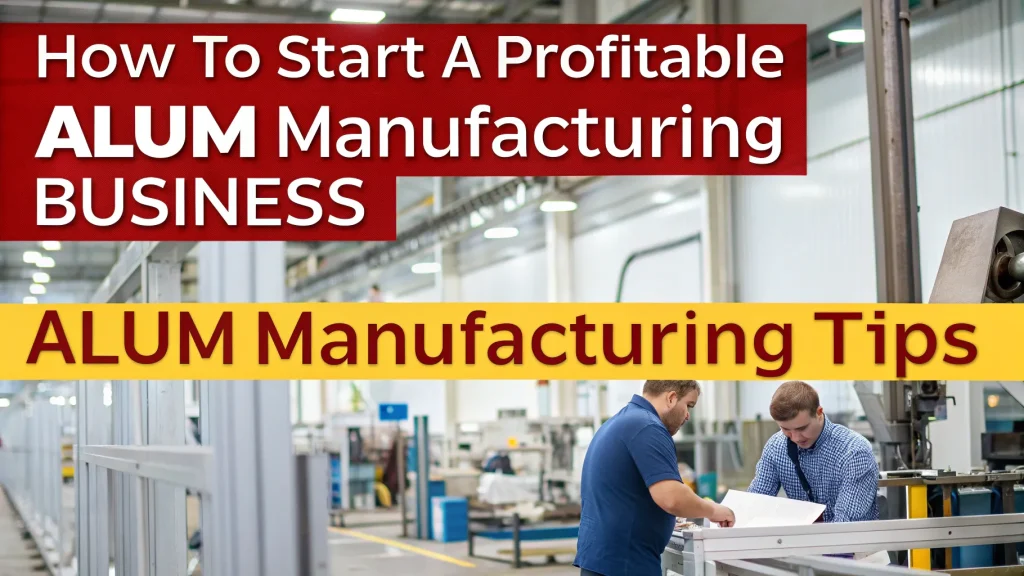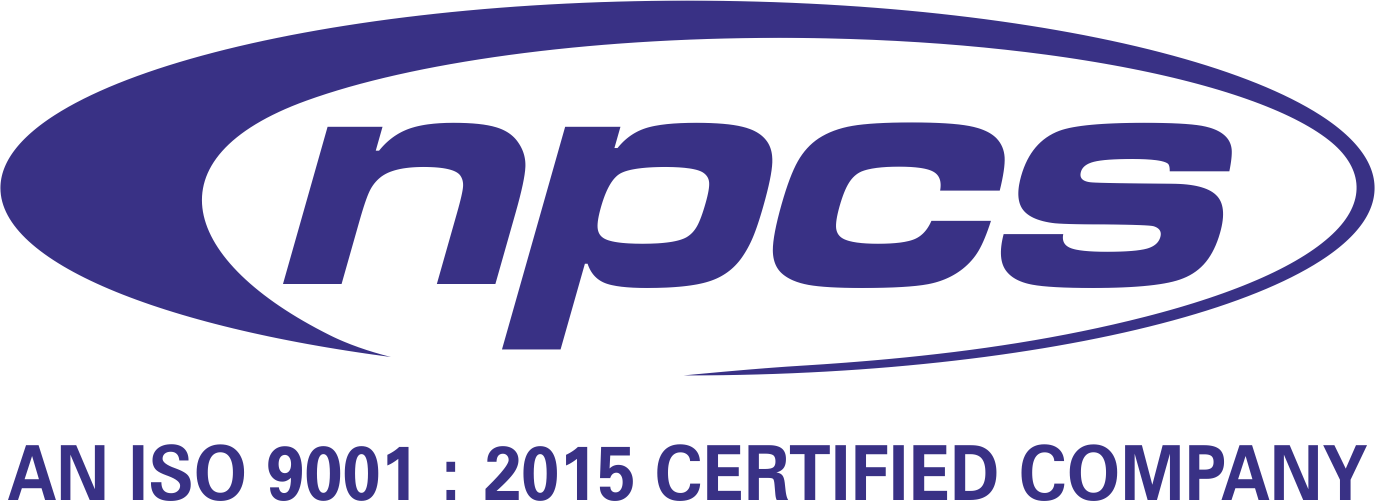The global industrial abrasives market is witnessing exponential growth, driven by the increasing demand for high-performance, long-lasting, and cost-effective components in sectors like mining, aerospace, defense, construction, and manufacturing. Among these, Silicon Carbide Abrasive Nozzle Liners stand out as a rapidly growing and highly demandable business opportunity for investors and entrepreneurs alike.
These precision-engineered components are used in abrasive blasting machines, ensuring minimal wear and extended operational life. With industries leaning toward high-efficiency and durable materials, the manufacturing of silicon carbide nozzle liners is becoming a lucrative and future-proof business model.
What Are Silicon Carbide Abrasive Nozzle Liners?
Silicon carbide (SiC) abrasive nozzle liners are wear-resistant inserts installed inside blasting nozzles, which are used in sandblasting or abrasive blasting machines. Their primary function is to:
-
Minimize wear and tear
-
Enhance blasting precision
-
Improve operational longevity
-
Withstand extreme heat and pressure
Due to the superior hardness and thermal conductivity of silicon carbide, these liners outperform traditional ceramic or tungsten carbide liners.
Visit this Page for more Information: Start a Business in Mechanical and Engineering Goods Industry
Why Silicon Carbide? The Competitive Edge
Superior Hardness and Strength
Silicon carbide has a Mohs hardness of 9.5, second only to diamond, making it ideal for high-velocity abrasive flows.
Exceptional Thermal Stability
It can withstand temperatures over 1600°C, ideal for high-heat applications in steel and metallurgical industries.
Related Business Plan: Production business of Silicon Carbide Abrasive Nozzle Liners
Corrosion Resistance
SiC offers outstanding chemical resistance, which is critical in abrasive media environments, including aluminum oxide, steel grit, and garnet.
Lightweight Structure
Despite its strength, SiC is lightweight, reducing nozzle weight and improving handling in automated systems.
Market Demand & Growth Potential
The global silicon carbide market is projected to surpass USD 7 billion by 2030, with a CAGR exceeding 16%, according to various industry reports. The abrasive nozzle liner segment contributes significantly due to the following:
-
Boom in infrastructure development
-
Automation in metal fabrication
-
Surging demand in defense and aerospace blasting
-
Stricter environmental and quality regulations requiring precise surface treatments
Countries like India, China, USA, and Germany are major markets due to rapid industrialization and demand for high-performance materials.
Manufacturing Process of Silicon Carbide Abrasive Nozzle Liners
Raw Material Selection
-
Silicon carbide powder (?-SiC or ?-SiC)
-
Boron carbide (optional for improved hardness)
-
Binders: Phenolic resin or polyethylene glycol
-
Sintering aids: Aluminum oxide or yttria
Powder Preparation
-
Milling & Sieving: Ensure uniform particle size.
-
Blending: Homogenize SiC powder with additives and binders.
-
Spray Drying (optional): To convert slurry into granules for ease of molding.
Read Our Book Here: Grow Rich By Starting your Own Business
Molding and Shaping
-
Isostatic pressing or Cold Uniaxial Pressing methods are used to compact the powder into the desired nozzle liner shape.
-
Molds are pre-designed based on industrial standard sizes or customized dimensions.
Pre-Sintering (Binder Burn-Out)
-
Controlled heating in an inert atmosphere to remove organic binders without cracking the part.
Sintering
-
High-temperature sintering is conducted in argon or nitrogen atmosphere at temperatures around 2100°C.
-
For pressureless sintering, additives like boron or carbon are added.
-
Reaction bonding or hot pressing can be used for specific grades.
Finishing and Machining
-
Final components are ground to precise dimensions using diamond-tipped tools.
-
Surface polishing or coating may be applied for specific use cases.
Quality Control
-
Each liner is inspected for:
-
Dimensional accuracy
-
Density and porosity
-
Thermal shock resistance
-
Hardness and fracture toughness
-
Read Similar Articles: ENGINEERING GOODS PROJECTS
Machinery and Infrastructure Required
Plant Size: 5,000 to 10,000 sq ft
Manpower: 10–15 skilled and semi-skilled staff
Key Machinery:
-
Ball mill / Jet mill
-
Mixer and granulator
-
Hydraulic or isostatic press
-
High-temperature sintering furnace (2000–2200°C)
-
CNC lathe and grinding machines
-
Quality testing instruments (Hardness tester, SEM, Density meter)
Cost and Investment Estimate
| Component | Estimated Cost (INR) |
|---|---|
| Land and building | 25,00,000 |
| Machinery & Equipment | 40,00,000 |
| Raw materials (initial stock) | 10,00,000 |
| Working capital (6 months) | 15,00,000 |
| Licensing, labor, utilities | 5,00,000 |
| Total Estimated Investment | ?95,00,000 |
Note: Costs may vary based on scale, location, and machinery specs.
Profitability and ROI
-
Selling Price per Nozzle Liner: ?2,000 – ?4,000
-
Production Capacity: 3000–5000 units/month (medium-scale plant)
-
Monthly Revenue Potential: ?60–?80 lakhs
-
Net Profit Margin: 25% – 35%
-
Break-even Period: 12 to 18 months
Licenses and Compliance
To start this business in India or elsewhere, you’ll need:
-
Factory license
-
Pollution clearance
-
GST registration
-
BIS compliance (optional but recommended)
-
ISO certification (for exports and quality assurance)
Potential Buyers and Industries
-
Shot blasting machine manufacturers
-
Defense contractors
-
Automotive manufacturing units
-
Steel and foundry industries
-
Shipbuilding and aviation MROs
-
Infrastructure and railway maintenance companies
Related Feasibility Study Reports: Setup Silicon Carbide Abrasive Nozzle Liners Manufacturing Plant
Business Expansion Opportunities
-
Exporting to Middle East, Europe, and Southeast Asia
-
Diversifying into reaction bonded SiC and nitride-bonded SiC components
-
Launching custom-engineered liners for robotic sandblasting systems
-
Developing eco-friendly binders for green manufacturing
Conclusion
Investing in Silicon Carbide Abrasive Nozzle Liners manufacturing is not just a profitable business; it’s a future-resilient industrial solution. With increasing demand for high-endurance, precision-engineered parts across the globe, this venture offers excellent ROI, global scalability, and sustainable market relevance.
If you’re planning to enter the advanced materials manufacturing sector, this is undoubtedly one of the most-growing and demandable business plans today.
Download Pdf: How to Setup Silicon Carbide Abrasive Nozzle Liners Plant





